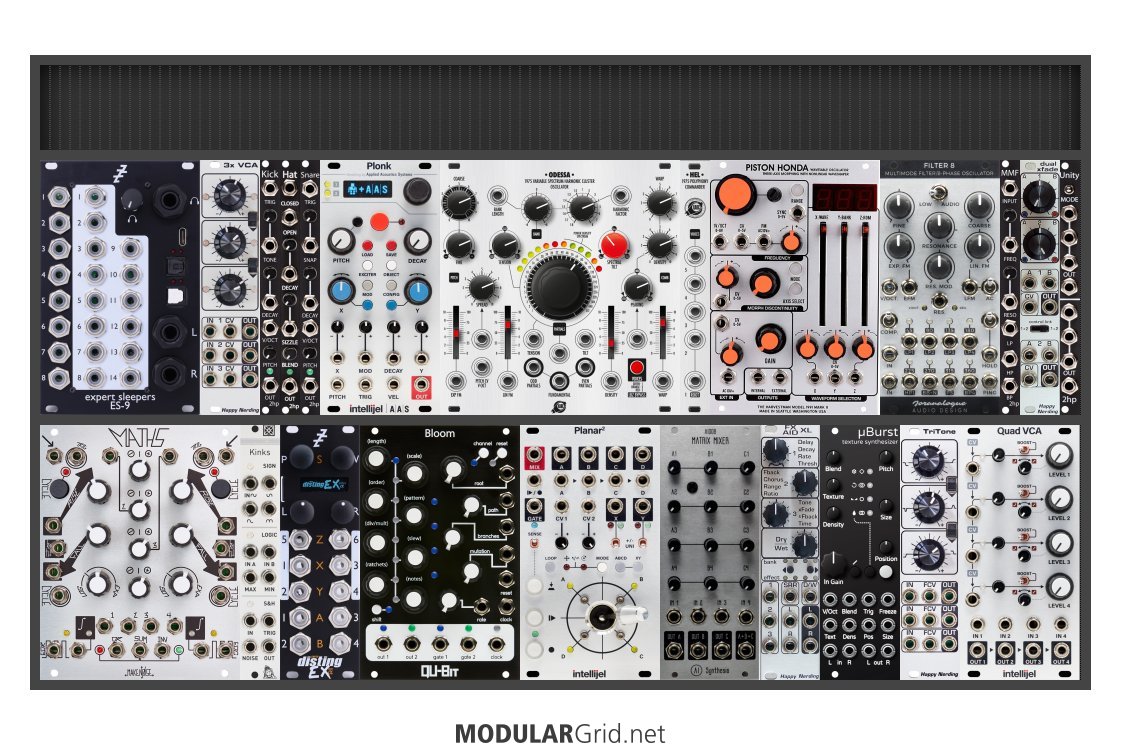small cases are notoriously difficult to set up - especially for novices
they are almost always compromises - functionality/playability
you may be better off with a doepfer system - the small one in a 6u/84hp case perhaps or just get a mantis (by far the best value/powered case) - yeah the go is cheaper - but it is a blindly built clone of the Mantis power supply in a bigger case - so underpowered for real world applications!!! the small case that you had printed will come in useful as an over spill case or portable case (btw I don't think the line input module will work - you need the case inputs to link it to - which you probably haven't got) I'd also double check that the 1u row is intellijel and not pulp logic design (do the rails have lips? if so it's intellijel) before you buy any 1u tiles
LxD is smaller than either optimix or modemix - dplpg is even smaller!
Maths is maths - it is way more than the sum of it's parts - see illustrated manual (google)
as almost always I would want more utility modules - in this case more mixers (for sub mixing audio and for mixing modulation), and more modulation before another vco (which won't fit in this case - as you haven't enough room for support modules)
a second VCO is a good idea - but only in a bigger case - in this size case 1 vco makes more sense - you already have a second voice in rings
if you like the look of the Two59 be aware it is primarily designed to work as part of a pair with a wavefolder between them to form a complex oscillator - it will work standalone (afaik) - but to get it to be like a buchla 259 you need to add the extra modules
for live coding integration I would be tempted to go with a dc coupled audio interface (RME/Expert Sleepers) and not mess around with converting to midi then sending it to the modular and converting the midi back to cv - this will take more time than -> sending cv as audio and having it immediately available as cv
another alternative would be a cv.ocd which is an external midi ->cv converter (but quite small and inexpensive)
"some of the best base-level info to remember can be found in Jim's sigfile" @Lugia
Utility modules are the dull polish that makes the shiny modules actually shine!!!
sound sources < sound modifiers < modulation sources < utilities


